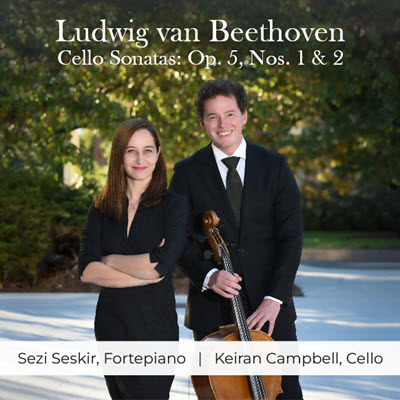by Anne E. Johnson
Published September 30, 2024
Lodovico Viadana: Sacri Concentus. The Viadana Collective led by Maximilien Brisson. Passacaille Records PAS1142.

Centum sacri concentus ab una voce sola is a collection of motets by Lodovico Grossi da Viadana (c. 1560-1627), dating from 1614. In his booklet essay, the ensemble’s conductor and trombonist Maximilien Brisson calls this collection “more adventurous” than Viadana’s better-known motets of 1605. Indeed, the driving force behind The Viadana Collective’s debut album, which contains excerpts from these 100 short pieces, seems to be as proponents of the composer’s monody. This recording serves to remind early-music fans of his importance in developing the sound of solo voice with instrumental accompaniment.
Despite the project’s concentration on monody, the ensemble opens the album with the stunningly polyphonic “Hodie nobis coelorum rex” for 8 voices: four sung and four instrumental, plus organ. That uses Viadana Collective’s entire personnel. The sound is powerful yet clear, recorded in the Basilica Palatina di Santa Barbara in Mantua with careful editing and mastering by Roberto Chinellato.

After a first track like that, it’s impossible not to want more. The immediate reward for continuing is one of a half-dozen improvisations by organist Iason Marmaras. The intensely chromatic “Toccata del decimo tuono” both looks backward to Andreas Gabrieli and forward to Bach. Marmaras’ musical ideas in all the examples are mesmeric and fantastical, yet they’re held together with expressive logic. If you’re wondering which format to buy the album in, there’s a reward for going digital: Two of the improv tracks are not included on the physical CD.
Among Viadana’s contributions to music history is his understanding of the specific nature of each vocal range, and how harmony can be best used to support it. (He was a pioneer in the writing of “figured bass” to represent basic chordal motion as accompaniment.) Among the 100 motets in this collection, there are 25 for each of the four types of voices, with several of each represented in this recording.
“Jubilate Deo” is No. 77 of the hundred, sung here with transparency and conviction by bass Roland Faust. The stylish accompaniment on the organ is provided by Marmaras. Contralto Vicki St. Pierre’s voice seems to skip effortlessly through the challenging melismas of “O stupor et gaudium.” Monteverdi’s legacy colors the aching “O dulcissime Jesu,” sung with a delicate, haunting tone by soprano Suzie LeBlanc. The lightning-fast interlocking thirds of “Ego flos campi” sound like child’s play in the hands of tenor Charles Daniels, who also stands out for his exacting intonation.
Rather than pack in as many Viadana motets as would fit on a disc, the ensemble made the interesting and instructive choice of including two works from the same musical world as the man of the hour. Francesco Rognoni’s (fl. 1608–1626) set of instrumental diminutions (ornamental variations) “Susanna” is based on a work by Orlande de Lasso. Thomas Schattenberg (c. 1580–1622) wrote his four-voiced version of “O dulcissime Jesu” five years after Viadana’s monody was published.

One of the many pleasures of this album is the sonic match of instruments and voices in the polyphonic works. This is especially true for the blown instruments — Bruce Dickey on cornetto, Catherine Motuz on tenor trombone, and Brisson’s tenor and bass trombones — which are played with a deep understanding of not only the phrasing, but also the acoustical properties of the human voice. Violinist Anna Noelle Amstutz and Christophe Gauthier (who also co-produced the recording with Brisson) create an exquisite instrumental duet version of “Festina quaesumus.”
The Viadana Collective is doing important work: Ten of these pieces have never been recorded before. Much of the composer’s output has been lost, as have countless other compositions from the early to mid-17th century. But Brisson and his collective of sleuths are determined to unearth long-lost gems — often transmitted through a unique manuscript source — to be explored on future recordings.
Anne E. Johnson is a freelance writer based in New York. Her arts journalism has appeared in the New York Times, Classical Voice North America, Chicago On the Aisle, and PS Audio’s Copper Magazine. She teaches music theory and ear training at the Irish Arts Center in Manhattan.




